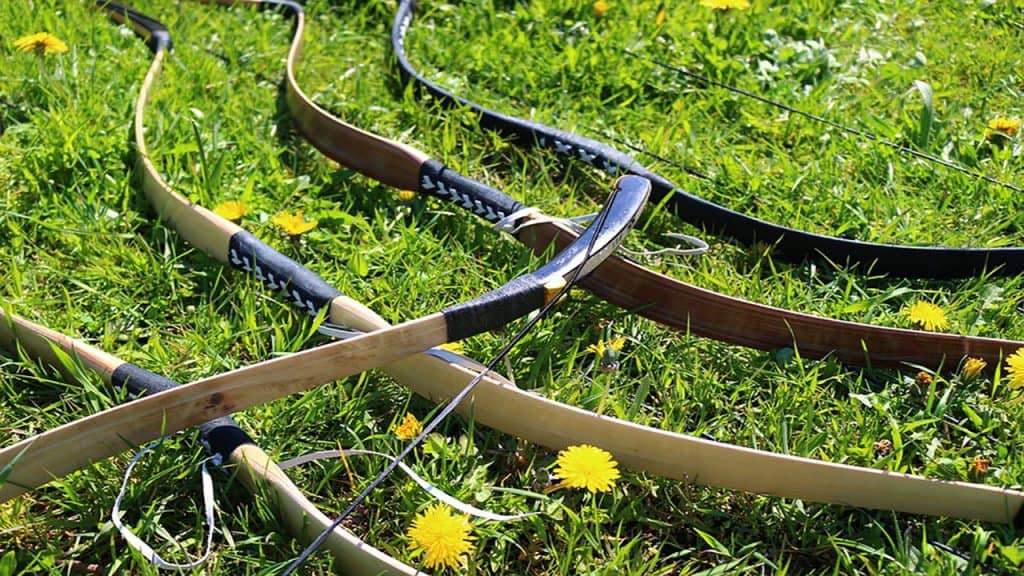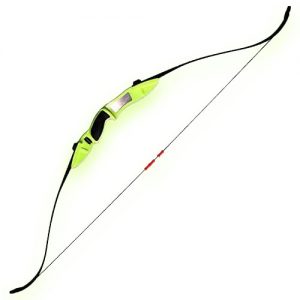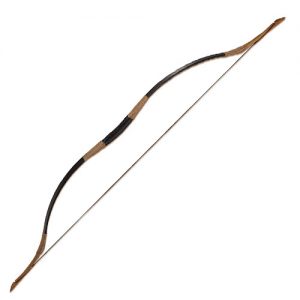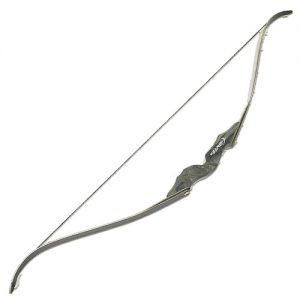
Bow and arrow and the (bow and arrow), bow and arrow consisting of armor. Hunting equipment, military on weapons, prayer and ritual are used for. It is also a tool used for martial arts and in recent years for recreational purposes such as sports and entertainment. Arrows are carried in a thin, lightweight basket or barrel called the quiver or Eibar, which is generally called the arrow case.
Archery has an ancient history (both as a hunting tool and as a weapon of war), today it has become a sport recognized at an Olympic level, practiced by millions of people in the world at all levels, from pure and simple pastime, an end in itself to professional competition. Now in this article we will describe about types of bow.
Types of Bow
Crossbows
A crossbow is a sort of versatile ran weapon toward the starting like a bow, comprising of a curve like get together called the goad, mounted on a level plane on a centralized computer called a rudder, which is handheld in a way like the stockroom of a long firearm. You shoot on-like shots called jolts or battles. The European medieval crossbow has been called by numerous different names, including the crossbow itself, the vast majority of which was gotten from the word ballista, an old Greek bend strainer motor comparable in appearance.

In spite of the fact that having the equivalent tossing guideline, crossbows contrast from curves in that draw bow the bowman must be kept up physically by pulling the rope with fingers, arms and back muscles and saving a similar shape for pointing (which requires significant physical quality and perseverance), while a crossbow utilizes a locking component to keep up the extraction, constraining the shooter’s exertion just by pulling the rope in the lock and afterward discharging the recording by squeezing a switch/trigger. This not just permits a crossbowman to deal with more grounded footing weight yet in addition to hold long with fundamentally less physical exertion, along these lines prepared to do better accuracy.
Generally, crossbows assumed a huge job in the East and Medieval Asia war in Europe. The main crossbows on the planet were developed in antiquated China and caused a significant change in the job of shot weapons. The customary bow and bolt had for quite some time been a particular weapon that necessary extensive preparing, physical quality, and experience to work with any level of useful adequacy.
In numerous societies, toxochelyid were viewed as a different and predominant warrior station, regardless of as a rule being drawn up by the class collective, as their bows and arrows range of abilities was basically prepared and reinforced from birth (like many knight societies) and was difficult to imitate outside of a pre-set up social convention that numerous countries needed.
Interestingly, the crossbow was the first run weapon to be basic, cheap, and truly simple enough to be utilized by an enormous number of undeveloped recruit fighters, in this manner permitting for all intents and purposes each country to handle a power ground-breaking of crossbowmen with little cost past the expense of the weapons themselves.
Guns are to a great extent replaced crossbows for use against people. Crossbows are still generally utilized for serious game shooting and chasing, or for moderately quiet shooting.
Compound Bows

The compound bow is a bow with improved range and destructive power by sticking together multiple materials. Especially wooden, the other material in bamboo bow, animal bones and tendons, the corner, that the bow was stuck a metal plate of iron and copper composite bow (Composite Bow also called). On the other hand, a bow made of only a single material is called a log or a single bow.
Recurve Bows
A recurve bow is a bow with limbs that curve from an archer when unstrung. A curved bow saves more energy and delivers energy more efficiently than an equivalent bow with a straight limb, giving more energy and arrow speed.

Recurve will allow a shorter bow than a simple straight forefoot for a given arrow energy, and this form is often preferred by archers in environments where long arms can be bulky, such as in a brush and woodland, or when on horseback.
Curved limbs also put more emphasis on the materials used to make the bow, and they can make more noise when fired. Extreme recurves make the bow unstable when it is stretched. An unbent bowed bow can have an intricate shape and many Native American weapons, when separated from their original owners and cultures, were improperly pulled back and destroyed when attempts were made to remove them.
Takedown Bow
A takedown bow is a bow amassed out of a riser and two appendages to make a working bow when strung.
The essential bit of leeway of the takedown configuration is that it very well may be shipped in an a lot shorter situation when disassembled. The optional preferred position is that a bowman can change bow design by evolving appendages. The riser is the inside where the toxochelyid holds the bow. The appendages connect to the riser.

The appendages are the pieces of a bow that twist when the string is drawn. The string joins at each finish of the appendages and gives moving power to the bolt. A toxochelyid can refresh their takedown bow with new appendages to exploit headways in materials or design. More grounded appendages give a more noteworthy draw weight, which will grant more power to the bolt. Be that as it may, more grounded appendages require the bowman to accomplish more work to pull the string back, and more exertion to hold consistent while pointing.
Longer or shorter appendages can be utilized to change the length of the bow for comfort or to coordinate the inclination of the toxochelyid for perfection in the draw cycle, and solidness.
Longbows
Longbow is mainly Great Britain of Wales and England were used in the bow thing. A type of longbow used for hunting and war, and as the name suggests, it is a huge 4-6 feet (120-180 cm) long. The English notation Longbow is translated into Japanese in Japanese as longbow, but originally it means a bow to be used in the vertical direction (long) (this is also misunderstood in England [1]). It also has the meaning of ” longbow ” that refers to longbows in general, including Japanese bows, but this section deals with Welsh longbow or English longbow, that is, the longbow used in Wales and England.

In the middle ages, from the end of the 13th century to the 14th century, the longbow reached its peak, but it became obsolete due to the spread of firearms. There is no particular guideline for the length of the bow, but in the continental Europe a length of about 4 feet (120 cm) or more is called a longbow.
The material is yew and elm are mainly wood, are made of a single material, that point, the central Eurasian of nomadic Tan’yumi and that bonding animal materials and wood materials used in, Heian period 10 of the medium-term It is different from the Japanese bow that became a composite material of wood and bamboo after the century.
Yumi Bows

Yumi is the Japanese expression for a bow. As utilized in English, Yumi alludes all the more explicitly to customary Japanese lopsided retires from the more extended daikyu and the shorter hanky utilized in the act of kyudo and kubutz, or Japanese arrow-based weaponry.
Bare bow
The bare arch is the simplest, from the constructive point of view, and is composed of a central part (RISER) built in wood in the school arches, aluminum or carbon fiber in those for competitive activity and by two limbs composed of layers of different materials (wood, ceramic, fiberglass, etc.) ..

The arrow support (REST) is mounted on the riser, the shock absorber button (BERGER BUTTON) is inserted in the rest.The ends of the limbs on which the rope is inserted are reinforced and are called TIPS.
The rope is made up of several threads of synthetic material (Dacron, Fast-flite, etc.), at the ends there are two reinforced rings (LOOP) which are inserted on the TIPS while in the central part there is a wire winding (SERVING) on which the INCOCCO POINT is fixed, which delimits the point where the arrow is to be stuck.
The bare bow involves the use of the arrow point to aim and other reference points for aiming (sights, reference points on the rope) are not allowed on the bow or on the rope.
